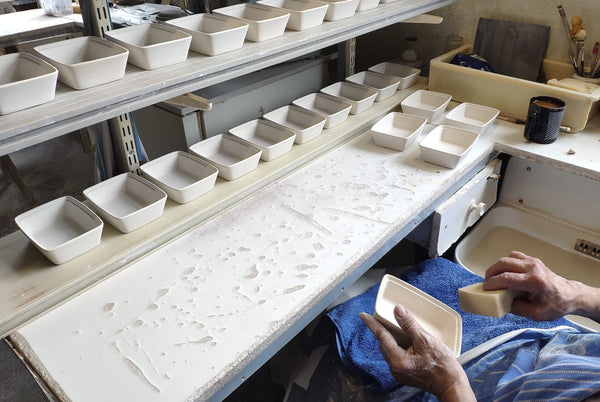
Lindner Porcelain
Porcelain doesn't have much in common with the element of gold. The mere fact that the alchemist Johann Friedrich Böttger was supposed to make gold when he first made porcelain in Europe gives him the name white gold. Gold (Porcelain) is also the work of experienced connoisseurs at the Lindner porcelain factory in Küps.
Founded in 1929, Küps' last porcelain factory is one of the younger representatives of the industry, which has been an integral part of this region since Böttger was discovered in the early 18th century. The abundance of kaolin, the mineral essential for the production of white gold, led to the high density of porcelain factories in Franconia and Thuringia.
Lindner was lucky enough to always be able to respond to changing demand with the right products.
One thing is certain: the impressive stock of 30,000 molds for the production of cast and turned porcelain products creates the basis for the Gossels family business to be able to serve almost every request. The variety of available decors is just as rich. Lindner was known for its rich and filigree decorations, which were available in cobalt blue and fine gold even after the war.

The forests of the Erzgebirge

Early Erzgebirge Wooden Folk Art (The original Wilhelm Friedrich Füchtner nutcracker is in the center.)
